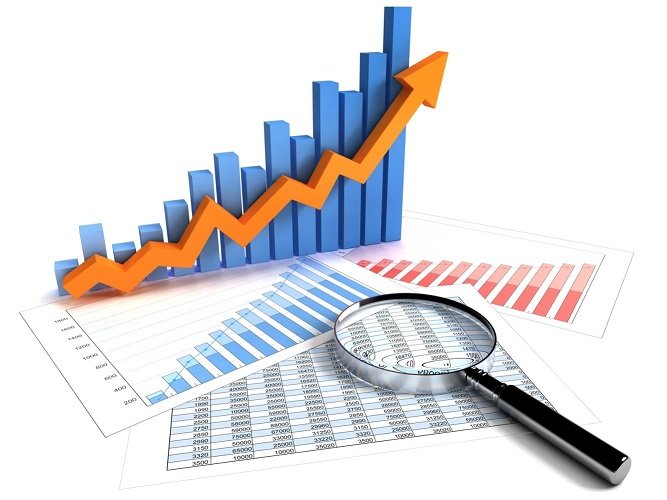Index trading is the best way for Australian traders to get exposure to the market performance of an entire economy. There are plenty of ways that traders can bring about indices trading and indices offer a lot of advantages too. This article highlights some of the important things that every trader needs to know about indices.
Indices: An Overview
An index is usually referred to as the calculation of a weighted average of the top-performing companies in Australia, either in terms of price or market performance. The performance is tracked by analysing the group of shares of a specific industry or the whole stock market. When an index moves upwards, it generally reflects positive economic development and if it goes down, it shows that the economy is going into a recession or a downward trend. Indices are a great way to gauge the economic growth of Australia.
How Many Indices Are There?
There are roughly seven types of indices that everyone needs to be aware of. There are more but they are generally based on complicated factors and characteristics.
- Global: These are indices based on different or multiple regions or businesses. They help analyse how the global market reacts to certain economic changes or events.
- Regional: They are indices from a specific region like Asia, Africa or Europe. They are useful in tracking market performance in that region.
- National: As the name suggests, they are made up of the shares of the top 50 or 100 best companies in the country. In the case of Australia, one of them is the S&P/ASX200 which shows the top 200 companies.
- Industry Based: Track stocks based on a specific industry like mining, agriculture, energy or finance.
- Exchange Based: Track stocks that are listed in an exchange or a group of exchanges.
- Currency Indices: This tracks the changes in the value of the Australian dollar when compared to other global currency values.
- Sentiment Indices: This helps track the sentiments of investors regarding the expectations of the stock performance.
Indices Trading: Advantages
There are a lot of reasons why newbie traders and rookie investors flock towards indices trading:
- They can track the market performance of the country easily and even the global markets without much hassle.
- Indices are never susceptible to large scale changes unless there is a crisis or an economic disaster. And that happens rarely too, once or twice in a few decades.
- Compared to individual stocks, indices are less riskier and have little or no impact when a company goes bankrupt. The same can never be said when it comes to individual stocks.
- Indices offer a great way for traders to diversify their portfolios and mitigate any risks they might face.
- Indices are probably the least manipulable financial instrument as they’re dependent on the performance of a group of companies, not on the amount of capital invested.
How To Trade Indices:
Australians can trade indices with the help of funds, ETFs or CFDs.
- Funds: A lot of investment funds in Australia, both passive and active, help investors manage indices on their behalf. Passive ones are less profitable as they only aim to match the stocks with the index performance. Active funds, on the other hand, will always try to outperform the index.
- ETFs: Also known as exchange-traded funds which can be bought, sold and traded quickly in exchanges. However, they are more prone to fluctuations compared to mutual funds.
- CFDs: An agreement between traders and brokers where both parties decide to pay for the difference in prices after a specific period. CFDs help traders make profits on index price fluctuations visit https://technicaltradingsignals.com/demo-cuenta/.

